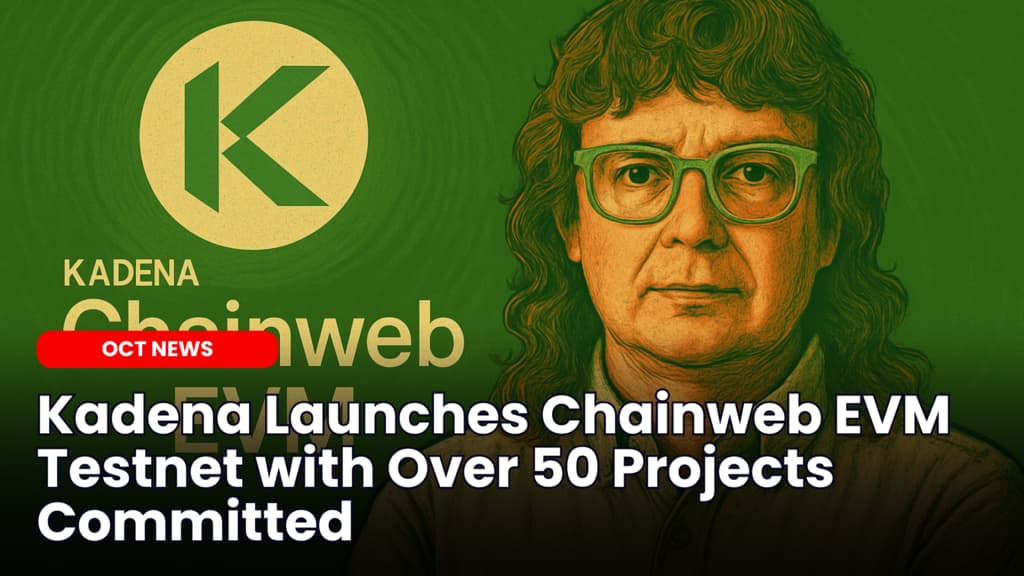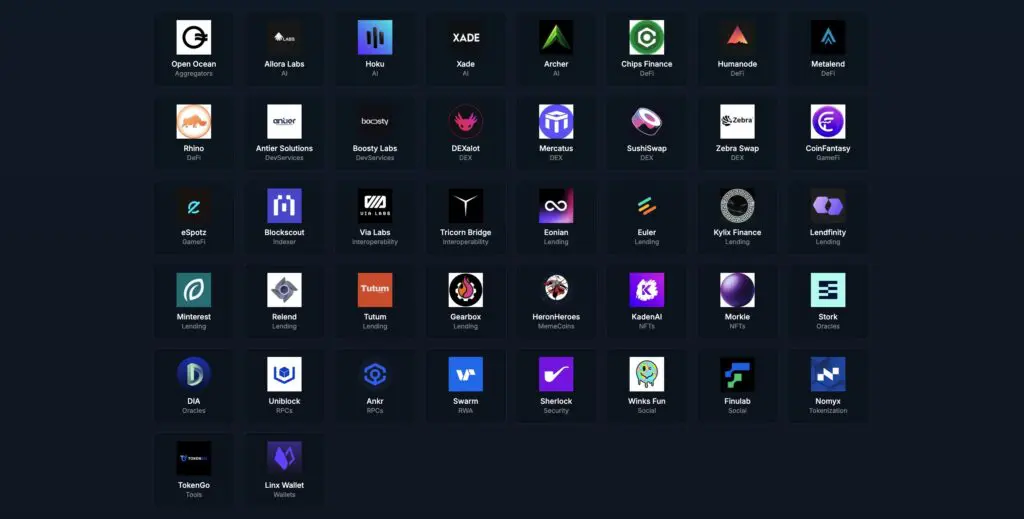
Kadena has launched the Chainweb EVM testnet, enabling Solidity developers to build on its scalable PoW blockchain. Over 50 projects are already on board.
Author: Tanishq Bodh
Published On: Mon, 30 Jun 2025 13:56:03 GMT
June 30, 2025 – Kadena has officially launched the Chainweb EVM testnet, marking a major milestone for its scalable Layer 1 Proof-of-Work blockchain. The announcement was made live during EthCC 2025 in Cannes. With this release, Kadena aims to offer a decentralized, EVM-compatible alternative to Layer 2 rollups, extending its Chainweb architecture from 20 to 25 braided chains.
The new testnet includes five independent EVM chains running in parallel under Kadena’s Chainweb consensus. Each chain offers merge-mined Bitcoin-level security while supporting native cross-chain communication. Developers can now deploy Solidity smart contracts, move liquidity between chains, and use familiar Ethereum tooling, all while benefiting from low fees and scalable infrastructure.
To simplify development, Kadena has released open-source tools, API nodes, a faucet, and a fully stocked Chainweb EVM Developer Portal. This portal offers updated documentation, example repositories, and information about a $50 million grant program that supports new projects.
More than 50 projects have already committed to building on Chainweb EVM. These include well-known DeFi, gaming, and infrastructure protocols such as Sushiswap, Minterest, Dexalot, Meta Lend, Espotz, and Eonian. Over 200 developers are currently testing the new system.

According to Kadena CEO Stuart Popejoy, the testnet proves that horizontal scaling can succeed at the base layer without requiring centralized rollups. The system maintains low gas fees and high throughput while offering censorship resistance.
To encourage adoption, Kadena is offering equity-free grants, technical mentorship, go-to-market support, and security audits through its \$50 million fund. Half of the fund is dedicated to Chainweb EVM projects. Teams can apply through the Developer Portal and will be evaluated on a rolling basis.
The testnet launch is part of a broader vision for Kadena’s decentralized future. As development progresses, Kadena plans to increase the number of EVM chains on mainnet, improve indexing and performance tracking, and enhance native cross-chain functionality.
With Chainweb EVM, Kadena aims to eliminate common L2 trade-offs like centralized sequencers and complex fraud proofs. Instead, it offers a natively scalable, decentralized Layer 1 platform for Ethereum developers.
Dr. Stuart Haber, Kadena’s advisor, is one of the most cited authors in Satoshi Nakamoto’s Bitcoin whitepaper, linking the project directly to the roots of blockchain innovation.

Real voices. Real reactions.
Our Crypto Talk is committed to unbiased, transparent, and true reporting to the best of our knowledge. This news article aims to provide accurate information in a timely manner. However, we advise the readers to verify facts independently and consult a professional before making any decisions based on the content since our sources could be wrong too. Check our Terms and conditions for more info.

